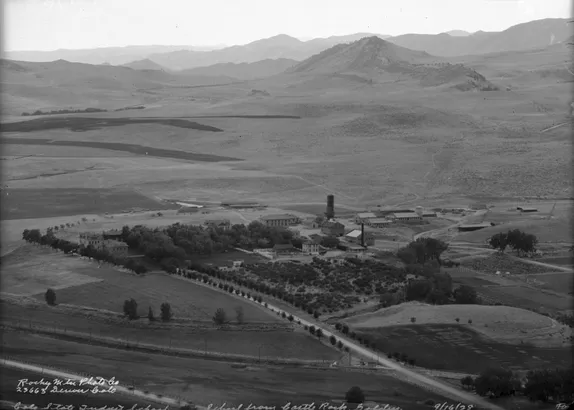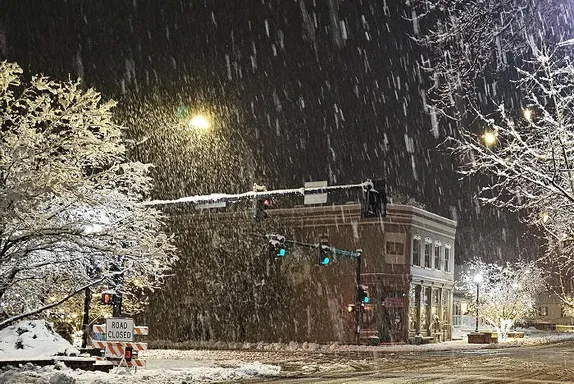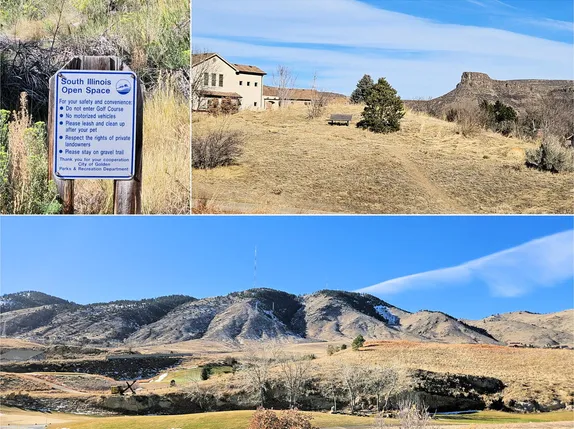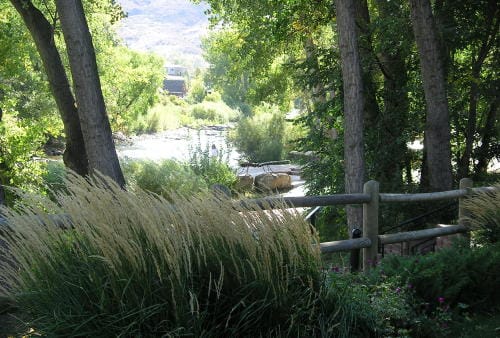
Coronavirus Update
Public Health References
CDC * Colorado * Jefferson County * City of Golden
Jefferson County’s case count page says that as of 3PM yesterday, there were 1,860 cases in Jefferson County (up from 1,832). There have been 101 deaths (up from 96) and 314 are hospitalized (unchanged). There are 152 known cases in Golden (unchanged).
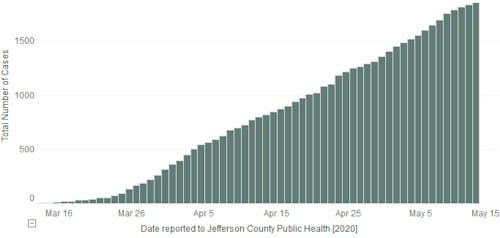
The Safer at Home protocol is now in effect. Check the City’s site to learn more about what that entails. Everyone is still requested to wear a mask that covers the nose and mouth when leaving the house. City and County fire restrictions are in place. Clear Creek is closed to all recreational activities.
Virtual Golden
9-10AM Virtual Power Training
10:15-11:15AM Let’s Dance with the Library
11AM-12PM Coping with Grief and Loss During COVID-19
6PM Coronavirus Community Briefing with Mayor Weinberg and City Manager Slowinski
6-8PM Wednesday Watch Party with the Library: My Favorite Brunette, starring Bob Hope and Dorothy Lamour with Peter Lorre
Golden History Moment
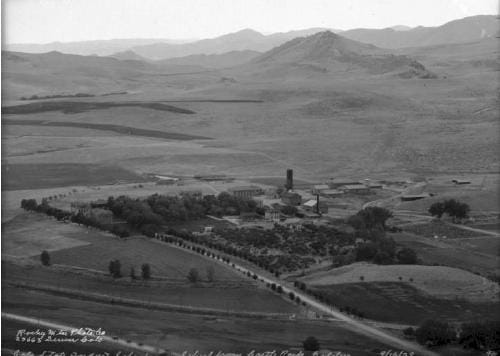
With the recent discussion of Victory Gardens, I thought you might like to hear about a successful local farming operation.
The Lookout Mountain Mountain Youth Services Center was originally chartered as the State Industrial School for Boys. Through much of its 139 year existence, it included a sizeable farm.
The Industrial School was chartered in 1881. Originally, it included only 5 acres. It was the original site for the Colorado School of Mines, which had moved to its current location several years earlier.
The school provided vocational training for boys. Over time, the options included broom making, stenography, carpentry, and blacksmithing, but the strongest and longest-lasting program was farming. By 1888, they had purchased an additional 40 acres, and they soon laid out an extensive garden. An 1893 Transcript article said the school had 37 acres in cultivation, including garden, orchard, and vineyard.
The school grew apples, plums, pears, cherries, grapes, strawberries, raspberries, blackberries, currants, and gooseberries. They also cultivated watermelons, muskmelons, cantaloupe, rhubarb, tomatoes, turnips, cabbage, beets, parsnips, beans, squash, pumpkins, sweet corn, lettuce, spinach onions, asparagus, and cucumbers.
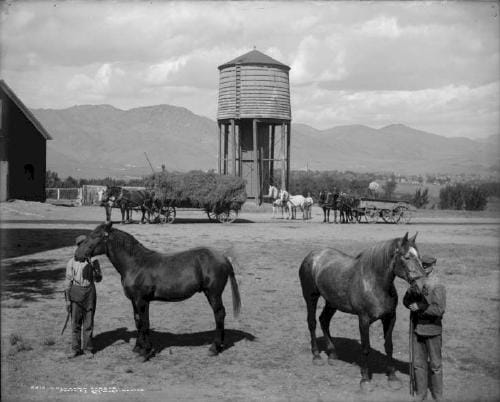
Twelve acres were devoted to alfalfa, which fed the school’s nine cows. They also grew oats for their eight horses and corn for their hogs. The boys milked the cows and sold their hogs.
The School was always short on funds, and the food they raised helped considerably in augmenting the students’ diet. Occasional sales of livestock brought in much-needed cash.
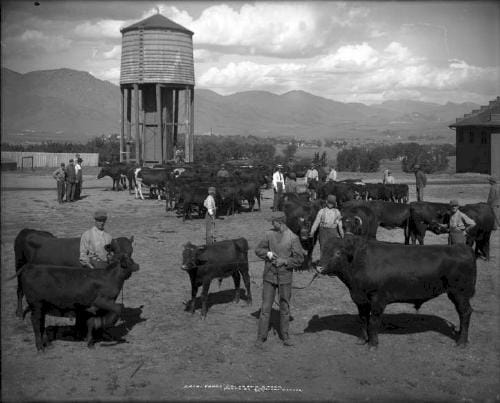
In 1910 and again in 1915 and 1921, the school requested funding to purchase more farm land, to help them become more self-sustaining. I’m not sure how much land they were able to acquire, but in 1926, the Transcript reported on their fine 50-acre wheat field and their equally-impressive 50 acre oat field. They also grew corn and still maintained gardens and orchards. They had their wheat ground at one of the Golden mills and produced enough flour to supply their bread for the year. They also produced 5,500 pounds of bran and several hundred pounds of chicken feed. They had 40 head of cattle that year, including dairy cows.
The Golden Transcript (originally called the Colorado Transcript) has been publishing since 1866. The Golden History Museum has been working on digitizing the historic issues. You’ll find old Transcripts online at coloradohistoricnewspapers.org.

